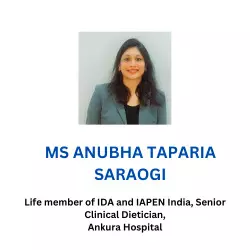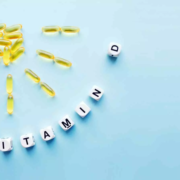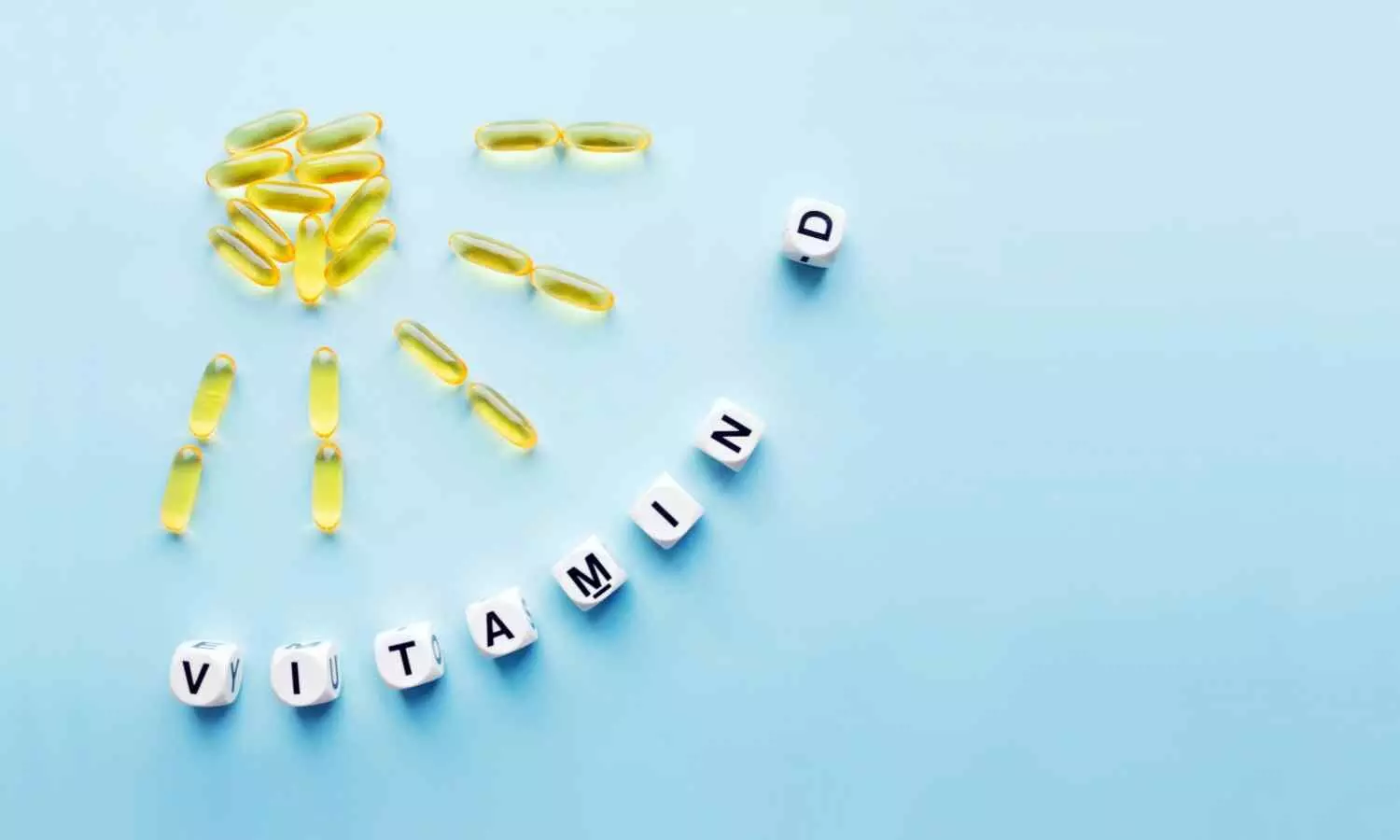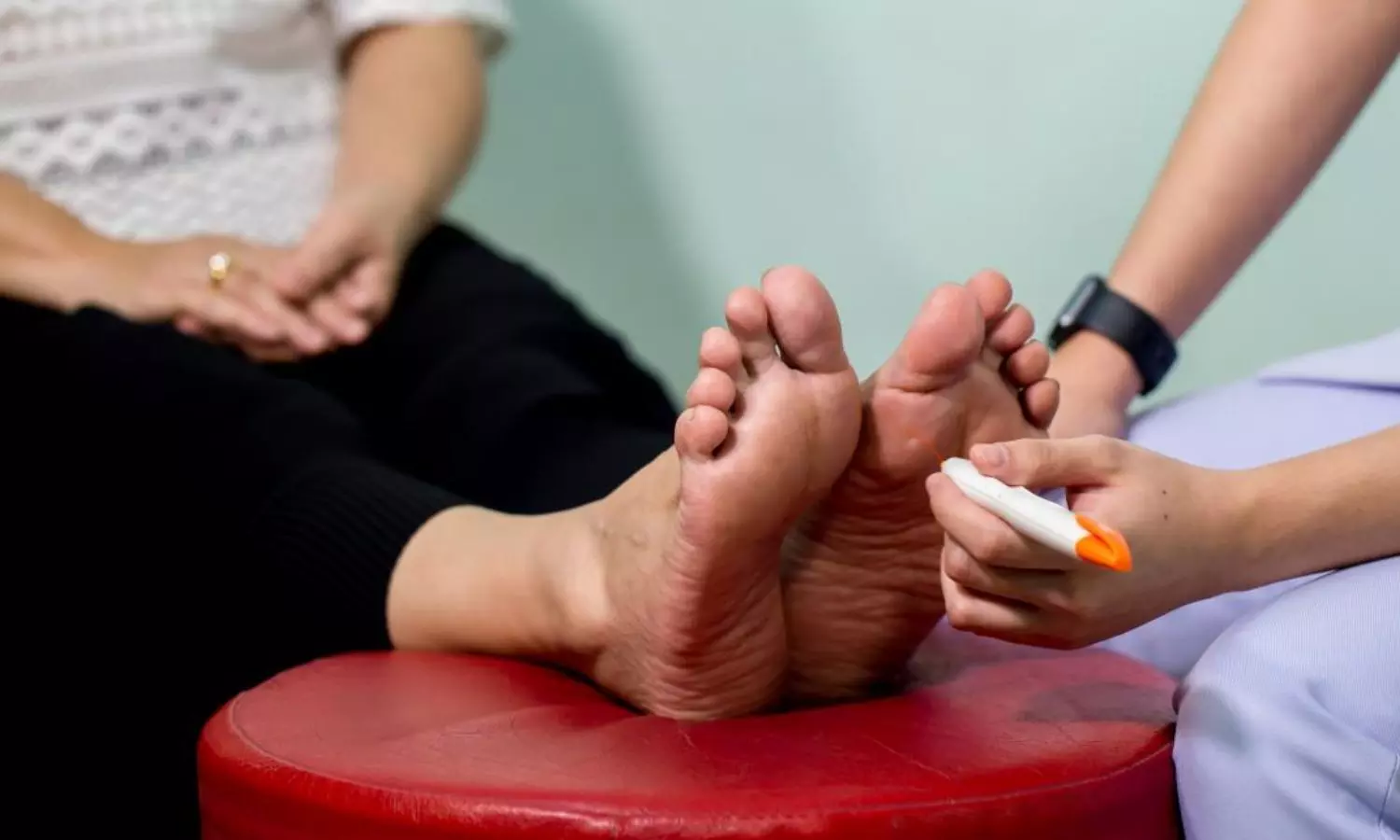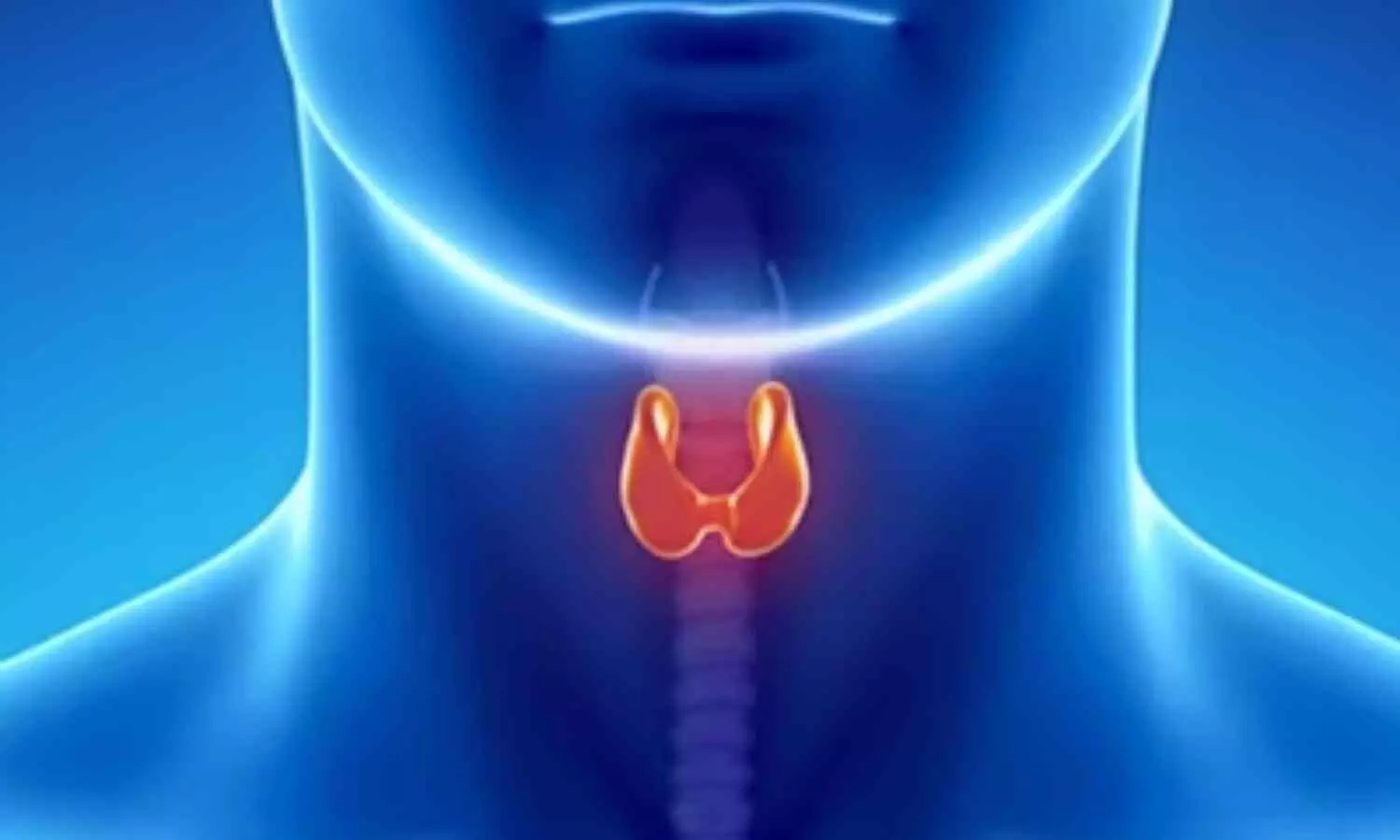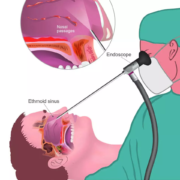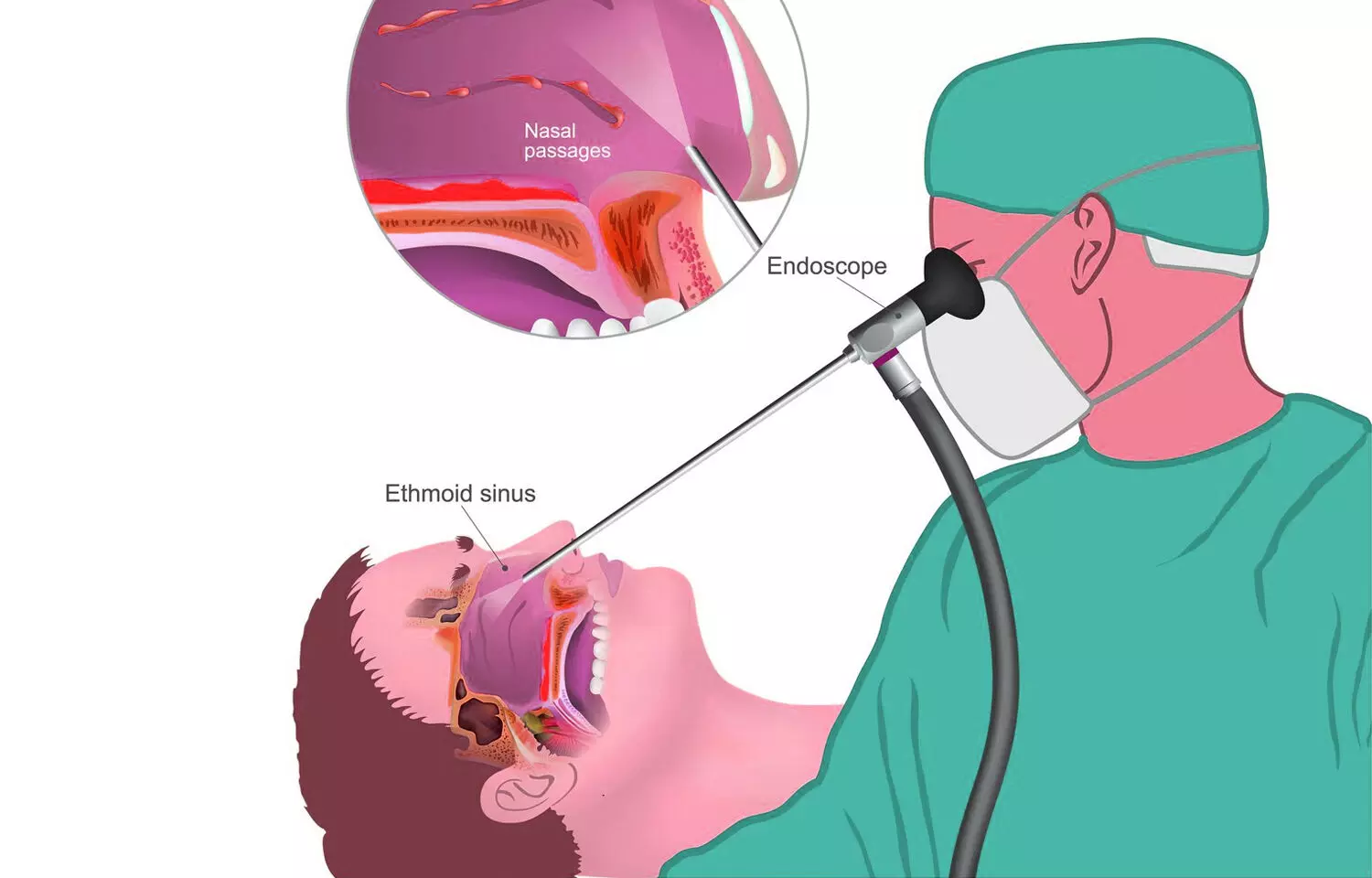
A viral Instagram reel claims that cumin and turmeric water can induce periods within a day. This claim is False
Claim
In an Instagram reel, it is claimed that cumin and turmeric water can induce periods within a day. The reel by user diet_fuell is captioned as “1 secret home Remedy that works Wonders.” The user shows boiling one glass of water with a spoonful of cumin seeds for 5–10 minutes, then straining the mixture. Afterward, add a spoonful of turmeric to the strained water.
The viral reel has garnered 4.4 million views, 36,161 likes, 4,339 comments, and 166k shares. The reel can be accessed here.
Fact Check
The claim in the reel is False. Cumin and turmeric may support menstrual health, but there is no scientific evidence to validate the claim that they can induce periods within a day.
What are missed periods?
When a woman misses her period, it can be a cause for concern. Medically, the condition is referred to as amenorrhea. According to the National Institute of Child Health and Human Development, “Amenorrhea is the absence of a menstrual period.”
Amenorrhea can be primary or secondary. Primary amenorrhea is diagnosed when a girl has not experienced her first menstrual period by the age of 16. Secondary amenorrhea describes women who experience an absence of more than three menstrual cycles after having regular periods.
The factors for secondary amenorrhea include engaging in excessive exercise, pregnancy, Obesity, Eating disorders such as anorexia nervosa, Family history of amenorrhea, Early menopause and Genetics.
What can be the reasons for Maximum Delay In Periods If Not Pregnant?
A delay in menstruation, when pregnancy is ruled out, can indicate underlying health issues, as menstrual irregularities often stem from disruptions in the hormonal balance of estrogen and progesterone. Irregular cycles, defined as lengths shorter than 21 days or exceeding 35 days with abnormal blood flow, are a notable health concern due to their association with various medical conditions. These include metabolic syndromes, coronary heart disease, type 2 diabetes mellitus, PCOS/PCOD and rheumatoid arthritis, as well as complications like anemia, osteoporosis, and infertility. Psychological issues, impaired quality of life, and increased risks of pregnancy-related hypertensive disorders or adverse obstetric and neonatal outcomes are also linked to menstrual irregularities. The prevalence and causes of delayed or irregular periods vary globally, influenced by factors such as genetics, stress, and lifestyle. Evaluating the underlying factors of delayed menstruation is critical to diagnosing potential health risks and developing targeted preventive and therapeutic strategies to improve overall health and reproductive outcomes.
What are the health benefits of cumin?
Cumin (Cuminum cyminum) has been traditionally utilized in households for its medicinal properties and is known to offer various health benefits. Cumin is rich in antioxidants, iron, and fiber, aiding digestion and boosting the immune system. It can help in improving blood sugar control and has anti-inflammatory properties. Studies have shown that Cumin may help in the enhancement of memory and may aid in reducing cholesterol levels, contributing to overall health and wellness. The health benefits of cumin seeds may include anti-inflammatory, nephroprotective, antioxidant, and anti-diabetic properties. Additionally, cumin extracts can improve liver function tests in patients with non-alcoholic fatty liver disease.
What are the nutritional benefits of turmeric?
Turmeric (Curcuma longa), commonly known as haldi, is a staple spice in Indian households. A member of the ginger family, this plant is native to Southeast Asia, with India being its main cultivator. Historically, turmeric has played a significant role in Ayurveda and other traditional Indian healing systems, as well as in Eastern practices like traditional Chinese medicine. In India, it has been traditionally employed to address skin conditions, upper respiratory issues, joint pain, and digestive disorders. Turmeric is a widely used spice and a key ingredient in curry powder. Its primary active compound is curcumin, with the benefits of turmeric often linked to curcuminoids (curcumin and similar substances). It is also responsible for turmeric’s distinctive yellow color.
In Ayurvedic medicine, turmeric is thought to provide a variety of health benefits, including increasing overall energy, reducing gas, eliminating worms, improving digestion, regulating menstrual cycles, and alleviating arthritis symptoms. It is also commonly used in South Asian countries as an antiseptic for treating cuts, burns, and bruises, as well as an antibacterial agent. Modern in vitro research has shown that turmeric has antioxidant, anti-inflammatory, antimutagenic, and antimicrobial properties.
Can cumin and turmeric water induce periods within a day?
Traditionally, cumin and turmeric water have been used to support menstrual health. Cumin, being a rich source of iron, may aid in regulating menstruation. Similarly, curcumin, the active compound in turmeric, has been studied for its potential benefits in managing PMS symptoms and dysmenorrhea, suggesting it may promote menstrual regularity. However, there is no scientific evidence or medical consensus to back the user’s claim.
Cumin has been traditionally valued for its medicinal properties and role in women’s health addressing iron deficiency and menstrual regulation. In a study by Rudra Pratap Singh et. al. revealed that cumin is a rich source of iron, which is particularly beneficial for menstruating women to replenish iron lost during menstruation. Additionally, cumin is also highlighted for its traditional use as a stimulant for menstrual flow.
Cumin also has shown potential in easing common discomforts associated with menstruation. A study published in Complementary Therapies in Clinical Practice found that cumin significantly alleviated systemic symptoms such as cold sweats, backache, fatigue, period pain and cramps during menstruation.
Curcumin, a natural compound found in turmeric has been explored as a potential treatment for premenstrual syndrome (PMS) and dysmenorrhea in recent clinical studies. A randomized controlled trial by Afsane Bahrami et. al. found that curcumin supplements may significantly reduce PMS and dysmenorrhea symptoms.
Curcumin has also been investigated for its potential effects on uterine activity and menstrual regulation. A clinical trial published in Alimentary Pharmacology and Therapeutics suggested that curcumin may induce uterine stimulation which further may potentially trigger the onset of menstruation.
While cumin and turmeric offer certain health benefits and can support menstrual health and alleviate symptoms, there is no evidence to suggest they can reliably induce menstruation within a short timeframe. Furthermore, it is important to recognize that if a missed period is due to pregnancy, natural remedies like cumin or turmeric water are not capable of inducing menstruation within a day.
Dr. Divya Sweta, Consultant Obstetrician & Gynecologist, Ankura Hospital shared her insights and said, “No, we can’t get periods in one day. Either by natural remedies or hormonal treatments. Once your periods are irregular very frequently, you need to meet your gynecologist and get an evaluation. Be regular with physical activity and consume seasonal fruits and vegetables.”
Ms Anubha Taparia Saraogi, Senior Clinical Dietician, Ankura Hospital said, “As a registered dietitian, I often hear about using cumin and turmeric to start periods. However, there’s no scientific evidence to support this. Menstrual cycles are regulated by intricate hormonal interactions, not spices. While turmeric and cumin offer some health benefits, they can’t reliably induce menstruation. Irregular periods warrant a visit to a healthcare professional for proper evaluation and management, not self-treatment with unproven remedies. Ignoring potential underlying issues can be detrimental to your health.”
Medical Dialogues Final Take
Cumin and turmeric may help support menstrual health by easing symptoms, but there is no scientific evidence or medical consensus that cumin and turmeric water can induce periods within a day. Suggesting that a simple drink can alter the complex hormonal regulation of the menstrual cycle within hours oversimplifies this intricate physiological process. For delayed periods, it is crucial to address the underlying causes, such as hormonal imbalances, stress, or pregnancy, rather than depending on unproven remedies.
Hence the claim by the user is False.






